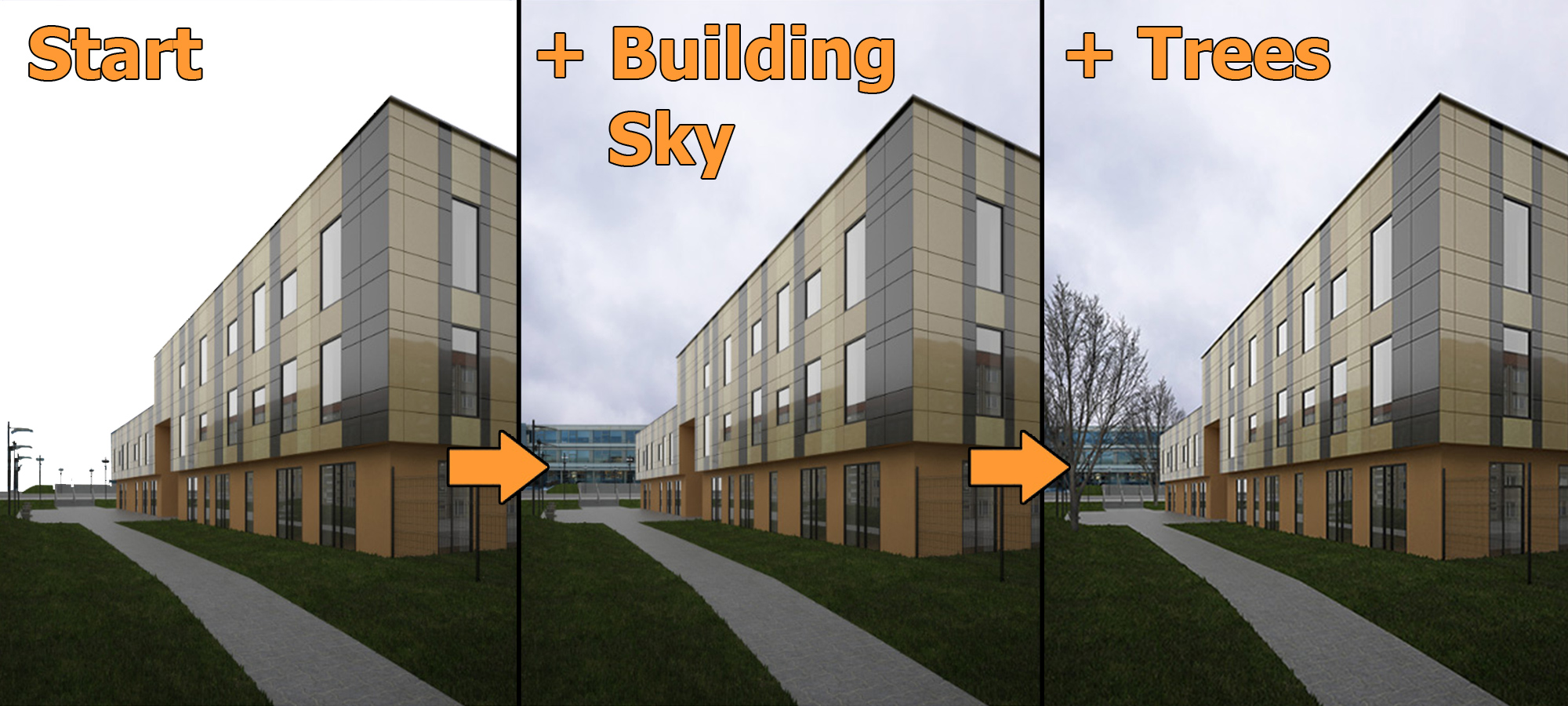

Offline installer standalone setup of Enscape3D for Revit SketchUp Rhino ArchiCA v2.8. Layer have bump with Procedural Shader “Tiles” ( Fig. 11).Enscape3D for Revit SketchUp Rhino ArchiCAD Free Download. One layer with glossy reflect and small scratches, second reflect Reflection simulates a lacquer application ( Fig. 10).Ĭomplicate transparent plastic with fals relief at inner side. Mapping and strong blurring, and the second layer with a sharp Is heavily blurred with a finger mask, but inverted, a drop of theĬar paint, where the first reflection layer is green with small bump Minimum blur, but with fingerprints in the map mask the second layer Plastic, smudged with fingers, where one reflection layer has the

Opportunity to create surfaces with complex reflections. And in ArchicadĢ1 you can use up to 10 reflection layers. Reflection layers, which does not affect other features. (procedural, bitmap or complex combination), and add the bump mapping to Now you can create twoĭifferent reflection layers, regulate the blur strength by mapping Certainly, all the material variations have the Bump channel enabled (leather texture is used for leather, fabric texture – for coarse fabric, a very small noise – for chamois), and various levels of Reflectance with Fresnel are included for leather.Īrchicad 20 has a new Reflectance channel. Due to the fibers, which diffuse light, nearly all of the fabrics look somewhat lighter at an acute angle. An example is shown in Fig. 9: The Color channel shows either noise or bitmap texture almost all of the samples in Screen Above mode have Fresnel – depending on the view angle relative to the normal surface – overlaying the color. Using just a few surface parameter channels, you can generate completely different materials in terms of their visual perception. Various noises, weathering and gradients create streaks and dirt on the surface. As opposed to bitmap textures, they never repeat, which is very critical for large surfaces, especially in the event of exterior rendering (please, note the grey stucco in the top-left picture of Fig.1 and the brickwork in the bottom). I would like to note that CineRender in Archicad is mostly focused on procedural shaders they can often be used for more quickly and attractively rendering bricks, parquet, tiles and stucco. Most situations require standard surfaces additional surfaces can be retrieved from the library folder. Let’s proceed with the surface parameter settings.


 0 kommentar(er)
0 kommentar(er)
